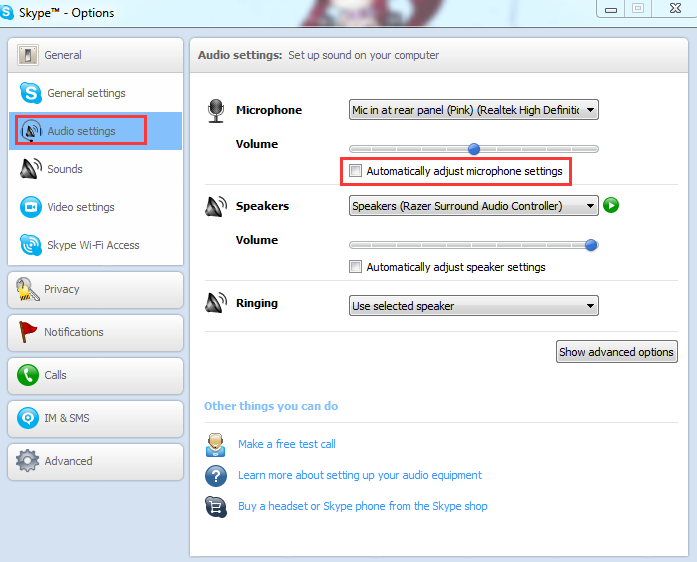

I ended up with the Yeti gain knob down about a quarter of the way and the Windows volume set at 75. I adjusted the two settings a little bit each way, until my voice sounded the best I could get and I couldn’t hear my wall clock ticking.


The Contrarian Advice that Works BetterĪ few contrarians online say to turn the gain knob higher and turn down input level at the computer or software.

The resulting sound I got using this advice was what I would describe as hollow. The wrong advice says to amplify that sound at the computer or in your software. That avoids picking up too much background sound, but then the audio is really quiet and almost unusable. Most of the advice I found online says to turn the gain knob on the Yeti down to the absolute minimum. I know because I bought one for my own podcasting and video streaming and had a hard time getting good sound with it. They pick up too much background noise even when the gain is turned way down. They do have a big drawback of being overly sensitive. Yeti Blue microphones are widely popular for podcasting and home sound recording. Photo (CC) by LTD Team The drawback to Yeti Blue USB Microphones for podcasting The Blue Yeti USB Microphone is highly popular, but its sensitivity can overwhelm you.


 0 kommentar(er)
0 kommentar(er)
